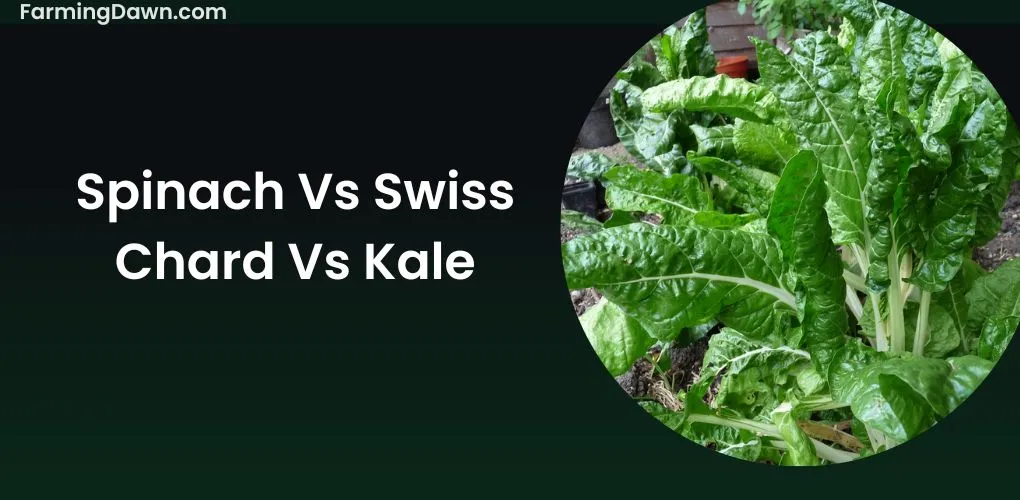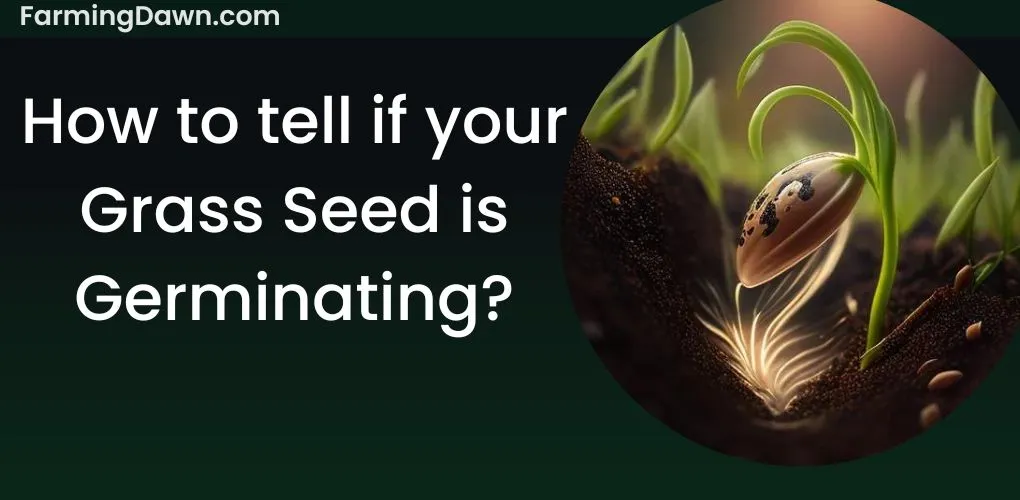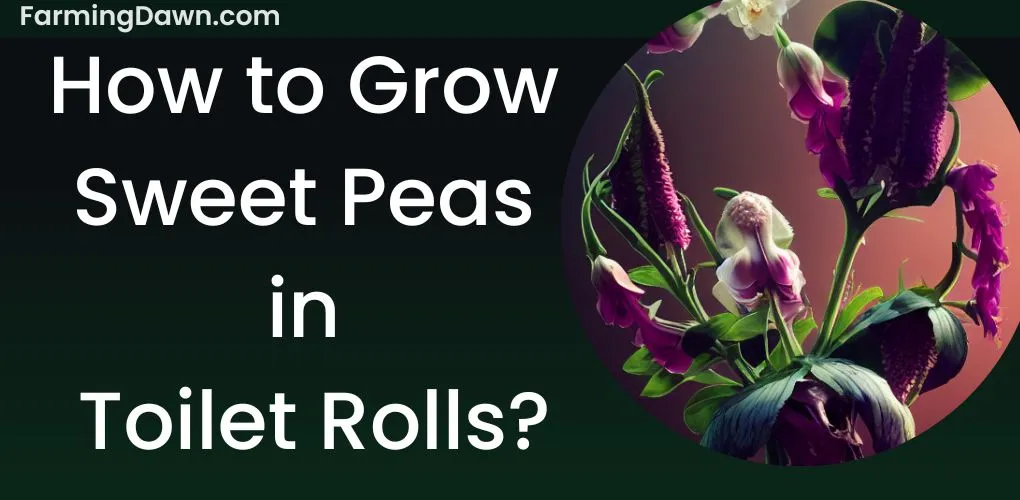Any garden can benefit from the beauty and aroma of sweet peas, a well-known and adored flowering plant. However, providing adequate support for these climbing vines can be challenging for many gardeners.
This can result in the stems becoming weak, which could cause the plant to topple over and possibly harm the flowers.
Today, I will show you sweet pea support ideas to help maintain your plants healthy and upright, so you can appreciate their full beauty and aroma.
Why do we need Sweet Pea Supports?
Because of its natural tendency to climb, the sweet pea plant can become tangled and grow out of control without support, resulting in stunted growth, breakage, and diminished flowering.
Supports for sweet peas also aid with protecting the plant from wind and heavy rains, ensuring that it is strong and healthy.
Along with these valuable advantages, sweet pea supports also contribute a decorative component to the garden, establishing a focal point and boosting the area’s aesthetic appeal.
Also learn: 37 Best Outdoor Plant stand Ideas.
Different Methods for Sweet Peas Supports
There are two different methods for Sweet pea support:
- Home-Made Structures.
- Ready-Made Structures.
Home-Made Sweet Pea Support Ideas
Homemade sweet pea support ideas include:
- Stakes or trellis for vertical growth
- Garden netting for horizontal support
- Bamboo stakes or poles
- Chicken wire mesh or fence
- Wood or metal arches
- Y-shaped branches cut from trees
- Large stones
- Old pantyhose
- Concrete blocks or bricks for stability
- Woven wattle fences
Stakes or trellis for vertical growth
Using stakes for support is a quick and easy approach to guarantee that your sweet pea plants grow tall and sturdy. Stakes offer a robust support system that encourages the plant to grow straight and guards against it bending or breaking.
Most garden centers sell stakes, which can be constructed of materials like bamboo, wood, or metal. Posts should be driven deeply into the ground when erecting a sweet pea support system, and the plants should be tied to the stakes with soft garden twine or plant ties.
By doing this, you can guarantee that the plant will have the stability it needs to develop into a tall, healthy plant and that you will be able to enjoy its lovely blooms for many seasons to come.
Y-shaped branches cut from trees
By cutting a branch into a Y shape, you create two sturdy legs that can be pushed into the soil to form a stable support. Once trained to climb the support, the sweet pea plant can develop fully and yield a profusion of blossoms.
This approach enhances the natural and rustic vibe of your garden and is economical and environmentally friendly. The Y-shaped supports will also get stronger throughout the growing season as the sweet pea plants age and get heavier, offering dependable support throughout the growing season.
Large stones
An inventive and aesthetically pleasing alternative to conventional trellis or stake methods for supporting sweet peas is to use huge stones.
The stones not only give the climbing plants a solid foundation but also give the garden a rustic and attractive look. It’s crucial to find substantial stones to offer enough support but nevertheless manages to shift when necessary.
Place two stones on either side of the sweet pea plant, for example, to evenly distribute the weight of the rocks and provide stability. Additionally, this support makes it simple to maintain and harvest the plant.
Old pantyhose
Simply stuff the pantyhose with soil or compost and attach the ends with a knot. The stocking will support the fragile stems as they grow, preventing them from bending or breaking under the weight of the blossoms.
Plant your sweet pea seeds close to the knot. Additionally, the nylon fabric is robust enough to hold your sweet peas upright in windy circumstances while remaining soft enough to avoid damaging the stems.
You can cut down on trash and contribute to developing a sustainable garden by using old pantyhose thus making it a fantastic sweet pea support idea.
Bamboo stakes or poles
Growing sweet pea plants are frequently supported by bamboo stakes. These stakes are sturdy, long-lasting, and effortlessly assimilated into the garden’s design.
They prevent the sweet peas from getting too tangled and improve air circulation, giving the plants support as they get taller.
When using bamboo stakes, it’s crucial to place them in the ground close to the sweet pea plant’s base and connect the stem to the stake firmly but not overly tight as the plant grows.
Chicken wire mesh or fence
Fencing not only helps the plants to climb and reach for the sun but also keeps them from falling over and becoming damaged. You may build a robust framework with a fence that will enable the sweet pea vines to flourish and grow tall.
Consider utilizing a lightweight material, such as bamboo or twine, and make sure the fence is tall enough to handle the growth of the plants when choosing a sweet pea support fence.
Wood or metal arches
The wooden and metal arches not only give the garden a rustic and natural character but also give the climbing vines a strong and stable support.
Simply place the stakes in the ground close to the plant’s base and delicately tie the stems to the stake as they develop to use wood as a sweet pea support. The wooden support will assist in keeping the sweet peas upright and preventing them from toppling over as they continue to rise.
Additionally, the increased air circulation and sunshine penetration provided by employing wood for precious pea support encourage healthy growth and the profusion of blossoms.
Woven wattle fences
This traditional gardening technique involves weaving thin branches or sticks into a lattice-like framework to support climbing plants like sweet peas.
The woven wattle fences’ organic and natural appearance complements the garden’s surroundings, and their adaptable construction makes it simple to make changes as the sweet pea plants develop.
Additionally, woven wattle fences are perfect homemade structures for supporting sweet peas because they can be created from materials found in the garden and are environmentally beneficial.
Concrete blocks or bricks for stability
The sweet pea plants can be supported upright by concrete blocks that are both substantial and porous enough to allow for efficient drainage.
In addition, they give the plants a secure platform from which to climb, maximizing the available growing space. Just arrange the blocks in a pyramid shape, and use twine or wire to fasten the sweet pea plants to the unions.
Using this technique, you can ensure that your sweet peas will develop into tall, vigorous plants that will produce a bumper crop of fragrant blossoms.
Ready Made Sweet Pea Support Ideas
Ready-made sweet pea support ideas:
- Metal plant obelisks
- Garden cage or tomato cage
- Twig teepee structures
- Wall brackets
- Panels or screens
- Garden tunnels
- A-frame plant support
- Ladder-style plant stand
Metal plant obelisks
The tall, slender metal obelisks can be used as supports for climbing plants in the garden. They are built of wrought iron or other enduring materials and are available in various sizes and styles.
Metal obelisks are easy to set up and use and don’t need any specialized equipment or knowledge. Put them on the ground and train the sweet peas to climb the structure afterward. They are a lovely and helpful way to provide sweet peas with the support they require.
Metal obelisks are frequently constructed from durable materials like wrought iron, making them strong enough to support the weight of developing sweet peas. Additionally, they are resistant to the weather, so they won’t rust or degrade with time.
Tomato cage
Tomato cages or garden cages are not only strong and long-lasting, but they also offer enough support for the climbing tendrils of sweet peas as they develop. Simply plant your sweet peas at the bottom of the tomato cage and let the stems grow through the openings to utilize them as a support for your plants.
The cage’s height provides plenty of room for the sweet peas to grow, and the design helps to keep the plants upright, minimizing the chance of wind or rain damage.
Twig teepee structures
A unique product called a “Twig Teepee” is intended to support the development of tall, sturdy sweet pea plants, preventing them from toppling over and suffering an injury.
Due to the twigs used in its construction, the teepee is biodegradable and eco-friendly. The sweet pea plants have a strong and steady base to climb because of the way the twigs are weaved together to form a teepee-like structure.
Twig Teepee is an affordable option for supporting sweet peas because it is simple to assemble and durable enough to be used year after year. Twig Teepee offers helpful support and a dash of rustic appeal by blending into the garden with its natural appearance.
Wall brackets
Sweet pea plants can be effectively supported as they develop using wall brackets. To give the lovely pea vines a secure foundation from which to climb, these brackets can be fastened to walls, fences, or other constructions.
Additionally, they raise the vines off the ground so that the blooms are easier to reach and are less likely to be damaged by foot activity.
You can choose the wall bracket that best meets your demands and the aesthetic of your garden because they are available in some sizes and materials, including metal, plastic, and wood. When installed correctly, wall brackets can give sweet pea plants enduring support, enabling them to grow to their full potential.
Panels or screens
Any gardener wishing to cultivate sweet peas in their garden or greenhouse should consider panels an economical and helpful option.
They offer the plants a solid foundation to climb on, keeping them erect and lowering the possibility of wind or severe rain damage. Additionally, panels are simple to install and may be positioned in any direction to suit the growth environment and lighting requirements. Sweet peas expand quickly.
Therefore it’s crucial to ensure the panels are firmly connected and that the plants are trained to climb in the appropriate directions.
Garden tunnels
The garden tunnels are a practical option for gardeners who want to create a supportive environment for their sweet peas without having to invest in permanent construction because they are constructed of sturdy materials, such as metal or plastic, and can be simply assembled and removed.
Garden tunnels may shield the plants from the weather and support them, keeping the sweet peas strong and growing.
A-frame plant support
A-Frame support allows the plants to reach for the sky and spread their tendrils in search of something to hold on to. Additionally, using an A-frame keeps the plants upright and keeps them from toppling over or getting entangled in the soil.
Simply attach two pieces of wood or bamboo at the top to form a triangle, then push the points into the ground on either side of the sweet pea row to make an A-frame.
Use soft twine or cloth strips to attach the plants gently to the A-frame as they grow. This offers the plants the support they need to remain erect and continue to produce flowers and seeds during a long and fruitful season.
Ladder-style plant stand
You may fit several sweet pea plants in a small space of this stand if there are several rungs on which to set pots. Additionally, the ladder-style stand’s open design allows for optimum airflow and light penetration, ensuring that your plants get the nutrients and illumination they require to grow.
In general, adding a ladder-style plant stand to your sweet pea growing arrangement is a quick and easy approach to improving the look and health of your plants.
Garden netting for horizontal support
Gardeners can support sweet pea plants with ease and success using garden netting. By using this technique, the garden is not only made smaller but the plants are also given the correct ventilation and sunshine.
The sweet pea vines can be trained to climb up the garden netting as they grow by connecting the vines to solid poles or trellises. This technique may be utilized year after year and is also quite affordable.
Garden netting is a fantastic way to give structure and style to your garden, and it also has the bonus of allowing you to see the sweet peas.
Choosing Appropriate Sweet Pea Support
Find out your sweet pea plant’s preferred method of growth
Climbing plants sweet peas can reach heights of 6 to 8 feet. They can grab onto and climb up any support with the help of their tendrils. Your choice of support will be aided by knowing how your sweet pea plant grows.
Consider the height of the support
A crucial aspect to consider is the support’s height. Sweet peas often grow to 6 to 8 feet, so they should be at least that tall. Avoid selecting support that is too short since the plant can outgrow it and become unstable.
Strong Support
You should look for sturdy support because sweet pea plants are weak and need it to hold their weight. Bamboo poles, trellis, arches, or fences are just a few options for support.
The support needs to be sturdy enough to support the plant’s weight, especially when it is fully developed and in bloom.
Add beauty to the garden
Regarding the support’s aesthetic appeal, keep in mind that it should serve not only its intended purpose but also enhance the appearance of your garden. You have the option of selecting a support that complements the hue of your flowers or one that gives your garden a decorative edge.
Sweet Pea Wigwam
Growing sweet peas in the garden using a “sweet pea wigwam” is a beautiful and original idea. Sweet pea plants are grown in wigwam structures made of bamboo poles or canes joined together at the top to resemble a cone instead of on the ground or up a trellis.
After being directed up the clubs, the sweet pea plants produce a rich, green tower of fragrant blossoms. Below I have explained it in detail:
How to make a Sweet Pea Wigwam?
Making a sweet pea wigwam is a fun and easy DIY project that may give any outdoor area a dash of natural charm. Here are the steps you need to follow to make your sweet pea wigwam:
Gather materials
- bamboo canes
- twine or wire
Assembling the structure
To make a wigwam for sweet peas, arrange the poles in a circular formation, with the ends of each pole pointing upwards. Tie the sticks’ apex together using twine or wire, ensuring they are securely fastened. Then, sow the sweet pea seeds at the base of the canes and water the well. As the sweet peas grow, train them to climb up the canes by tying them gently to the structure.
How to Grow Sweet Peas in a Wigwam?
Materials you will need are:
- Sweet pea seeds
- Wigwam structure made of bamboo(above mentioned)
- Garden soil
- Compost
- Trellis or twine
Steps to grow sweep peas in a wigwam
Set up the location
Select a sunny garden area with enough space for the wigwam to grow and stretch out. To make it simpler for the roots to take hold, remove any weeds or debris from the area and soften the soil.
Plant the sweet peas
Work your way up and around the wigwam, starting at the base and planting the sweet peas there. To grow together and form a thick wall of greenery, put them close enough together.
Attaching with twine
To promote vertical development, once the seedlings have sprouted, tie them to the wigwam with string or a trellis.
Train the vines
Keep tying the plants to the wigwam as they expand, ensuring they have room to spread out. Ensure that the vines develop in a tidy, spiral shape with equal spacing.
Water and care
Sweet peas require a lot of water, particularly in hot weather, so ensure the soil is consistently moist but not soggy. To promote healthy growth, fertilize the plants every several weeks with a suitable nutrient solution.
How to Grow Sweet Pea Flowers from Seed?
The seeds can be directly put in the garden in the early spring or late autumn. About 6 to 8 weeks before the last anticipated frost, plant the seeds in pots if you want to start them indoors. After thoroughly watering the seeds, cover them with about an inch of dirt.
Provide the plant’s support
Sweet peas require a surface to climb on, so give them a trellis, fence, or another framework to grow on. In addition to keeping the plants upright, this will also keep them from sprawling out on the ground.
Watering
Regular watering is necessary to keep sweet peas constantly moist but not soggy. Once every week, or more frequently in hot, dry weather, give the plants a thorough watering.
Fertilizers
Sweet peas require frequent fertilizing since they are heavy feeders. Use a slow-release fertilizer when you sow the seeds or apply a balanced, all-purpose fertilizer every two to three weeks.
Deadheading
Deadhead your flowers to encourage the plant to generate additional blooms regularly. Additionally, deadheading prolongs the flowering season and helps keep the plant from laying seed.
Watch out for pests
Sweet peas are often free of pests. However, aphids can sometimes be a problem. Keep a watch out for problems and, if required, treat them right away.
Sweet Pea Support Ideas: Final thoughts
I hope that after reading this, you can choose the best sweet pea supports for your garden. From homemade structures to ready-made structures, everything was covered in this post. Now it’s your turn to select the one that suits you best. I hope you liked this article:
Each plant has different growing habits, and thus they require different types of support. Read my other articles to learn more:






